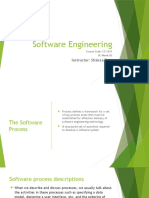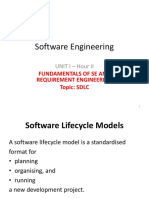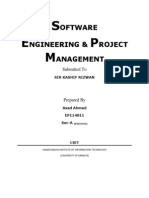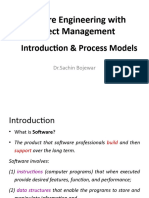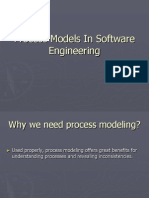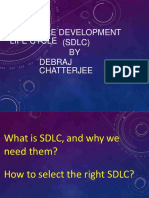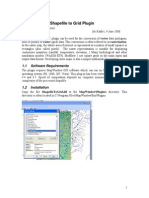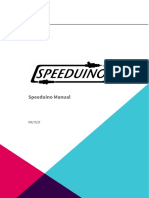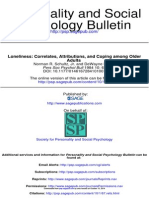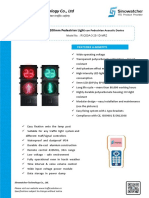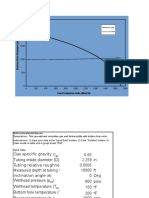0% found this document useful (0 votes)
79 views37 pagesSDLC Models for Developers
The document discusses different software development life cycle (SDLC) models. It describes the waterfall model which is a sequential process that moves from requirements to design, implementation, testing, and deployment. It notes both advantages of management control and disadvantages when requirements change. The document also summarizes prototyping and incremental development models which allow for more user feedback and flexibility.
Uploaded by
Tan BunChhayCopyright
© © All Rights Reserved
We take content rights seriously. If you suspect this is your content, claim it here.
Available Formats
Download as PDF, TXT or read online on Scribd
0% found this document useful (0 votes)
79 views37 pagesSDLC Models for Developers
The document discusses different software development life cycle (SDLC) models. It describes the waterfall model which is a sequential process that moves from requirements to design, implementation, testing, and deployment. It notes both advantages of management control and disadvantages when requirements change. The document also summarizes prototyping and incremental development models which allow for more user feedback and flexibility.
Uploaded by
Tan BunChhayCopyright
© © All Rights Reserved
We take content rights seriously. If you suspect this is your content, claim it here.
Available Formats
Download as PDF, TXT or read online on Scribd
/ 37



